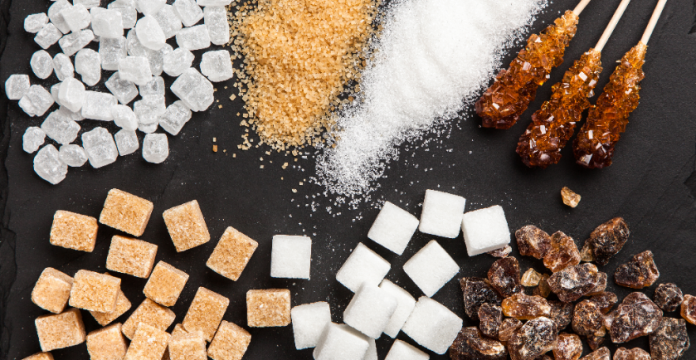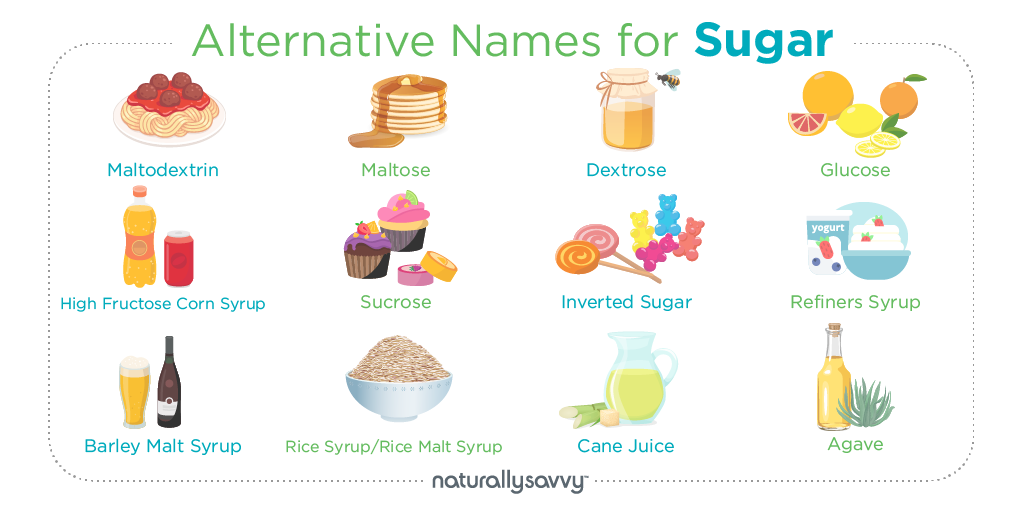
With all of the regulations about food labeling, it would seem that reading ingredient lists on packaged food would be pretty simple. But if there’s a way to sneak around the rules to make labels more seductive to consumers, you can generally bet that food and beverage manufacturers will find it.
One such handy trick is to manipulate the order-of-ingredients rule. The ingredient list on a food label is the listing of each ingredient in descending order of predominance as determined by weight. Most of us know that the ingredients near the top of the list are those most present in the product. However, ingredient groups aren’t required to be listed together, which is where “creative” listing can happen. A product could have five different types of added sugar scattered throughout the ingredient list; if they were grouped together as “sugar” they might be near the top, but divvied up into different types, each one has a lower spot in the list. Confusing the matter even further is that sugar has more aliases than a secret agent.
Since a diet high in high-fructose corn syrup and added sugars is linked to an increased risk of obesity, type 2 diabetes, heart disease, gout and tooth decay, according to Center for Science in the Public Interest (CSPI), it’s important to be aware of your intake. The American Heart Association (AHA) recommends no more than 100 calories (about 6 teaspoons or 24 grams) of added sugar daily for women and no more than 150 calories (about 9 teaspoons or 36 grams) of added sugar daily for men.
The Nutrition Facts panel will indicate the total amount of sugars, but it doesn’t differentiate between naturally occurring sugar and added sugar. So, to get a better idea of how much added sugar there is requires a bit of label sleuthing. Here are all the many types of sugar and their various names to hunt out in an ingredient list:
- Anhydrous dextrose
- Barley malt
- Beet sugar
- Brown sugar
- Cane juice crystals
- Cane sugar
- Caramel
- Corn sweetener
- Corn syrup
- Corn syrup solids
- Confectioner’s sugar
- Carob syrup
- Castor sugar
- Date sugar
- Demerara sugar
- Dextran
- Dextrose
- Diastatic malt
- Diatase
- Ethyl maltol
- Evaporated cane juice
- Fructose
- Fruit juice
- Fruit juice concentrate
- Galactose
- Glucose
- Glucose solids
- Golden sugar
- Golden syrup
- Grape sugar
- High-fructose corn syrup
- Honey
- Icing sugar
- Invert sugar
- Lactose
- Maltodextrin
- Maltose
- Malt syrup
- Mannitol
- Maple syrup
- Molasses
- Muscovado sugar
- Palm sugar
- Raw sugar
- Refiner’s syrup
- Rice syrup
- Sorbitol
- Sorghum syrup
- Sucrose
- Sugar
- Syrup
- Treacle
- Turbinado sugar
- Yellow sugar
Note: A good way to determine the amount of added sugar included in the total sugar of a Nutrition Facts panel is to compare a sugar-free product with a regular one. So, where a six-ounce plain Greek yogurt may have seven grams of sugar listed, and the strawberry version of the same products has 16 grams, you can deduce that the strawberry one has nine grams of added sugar … in other words, about 38 percent of the recommended daily limit for a woman!
Photo Credit: pennstatenews





